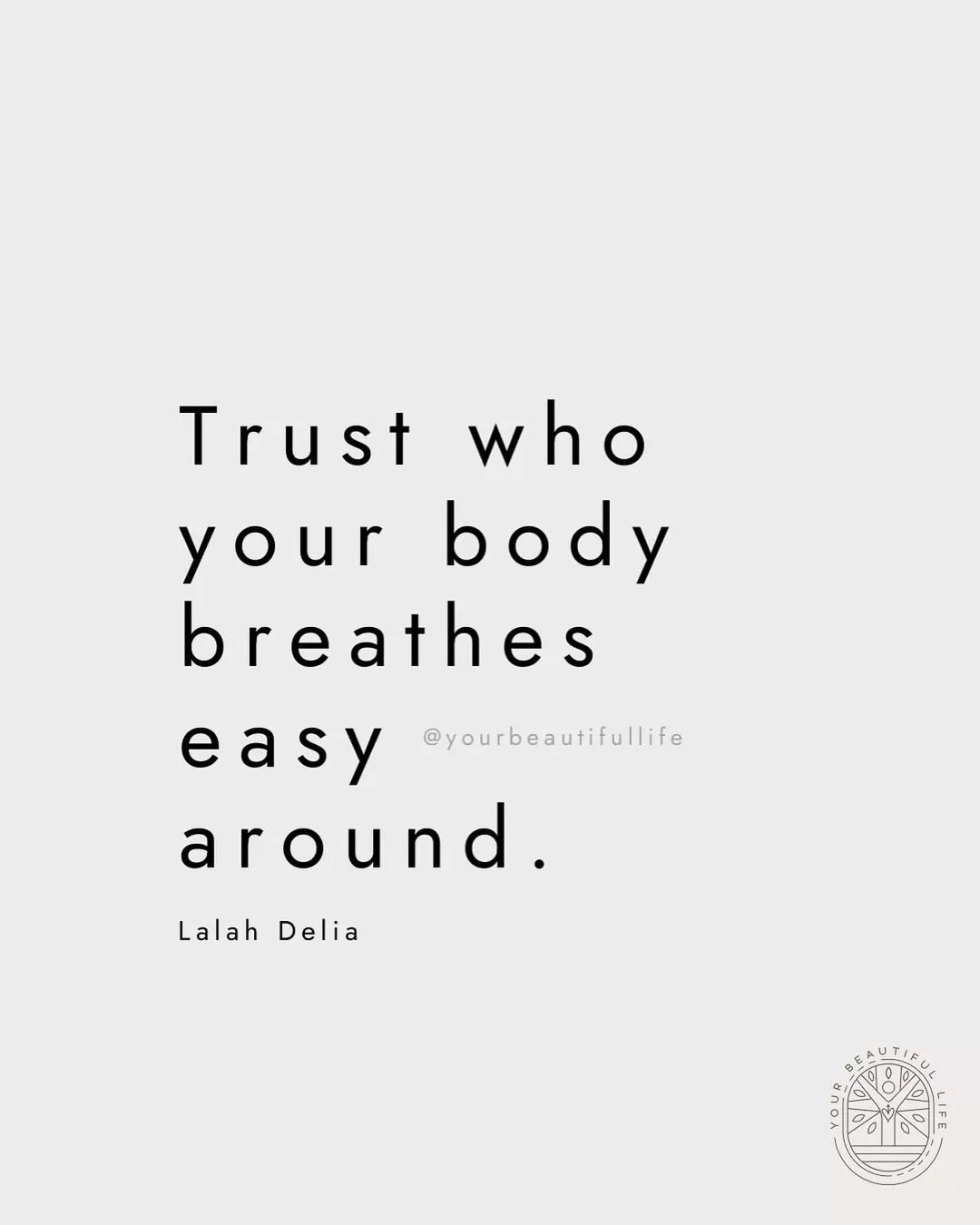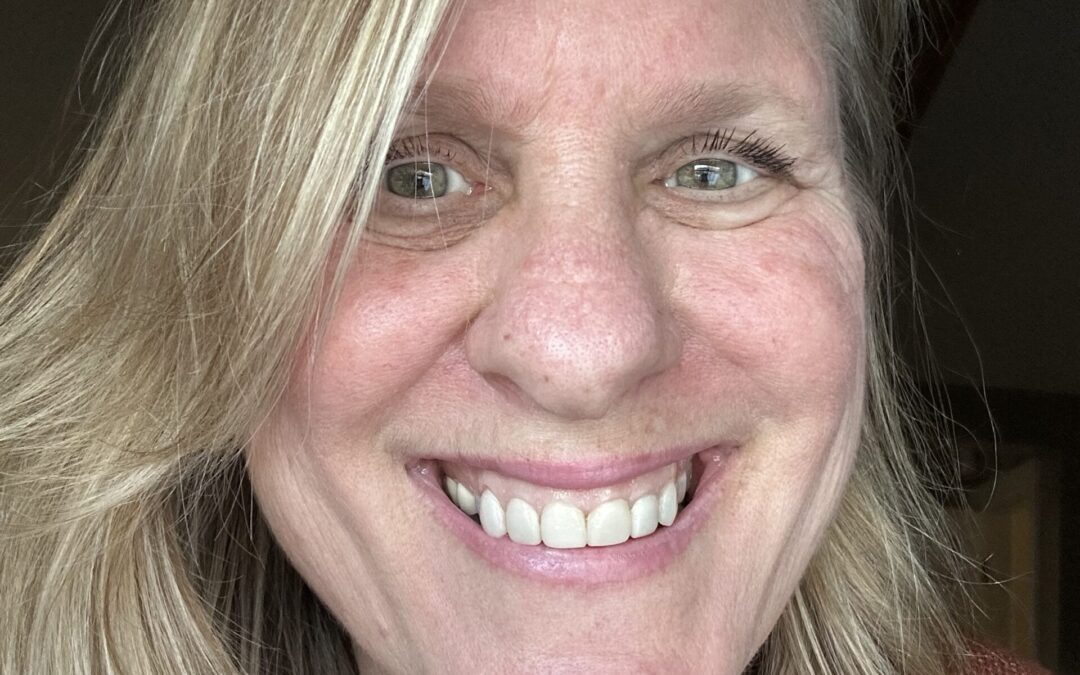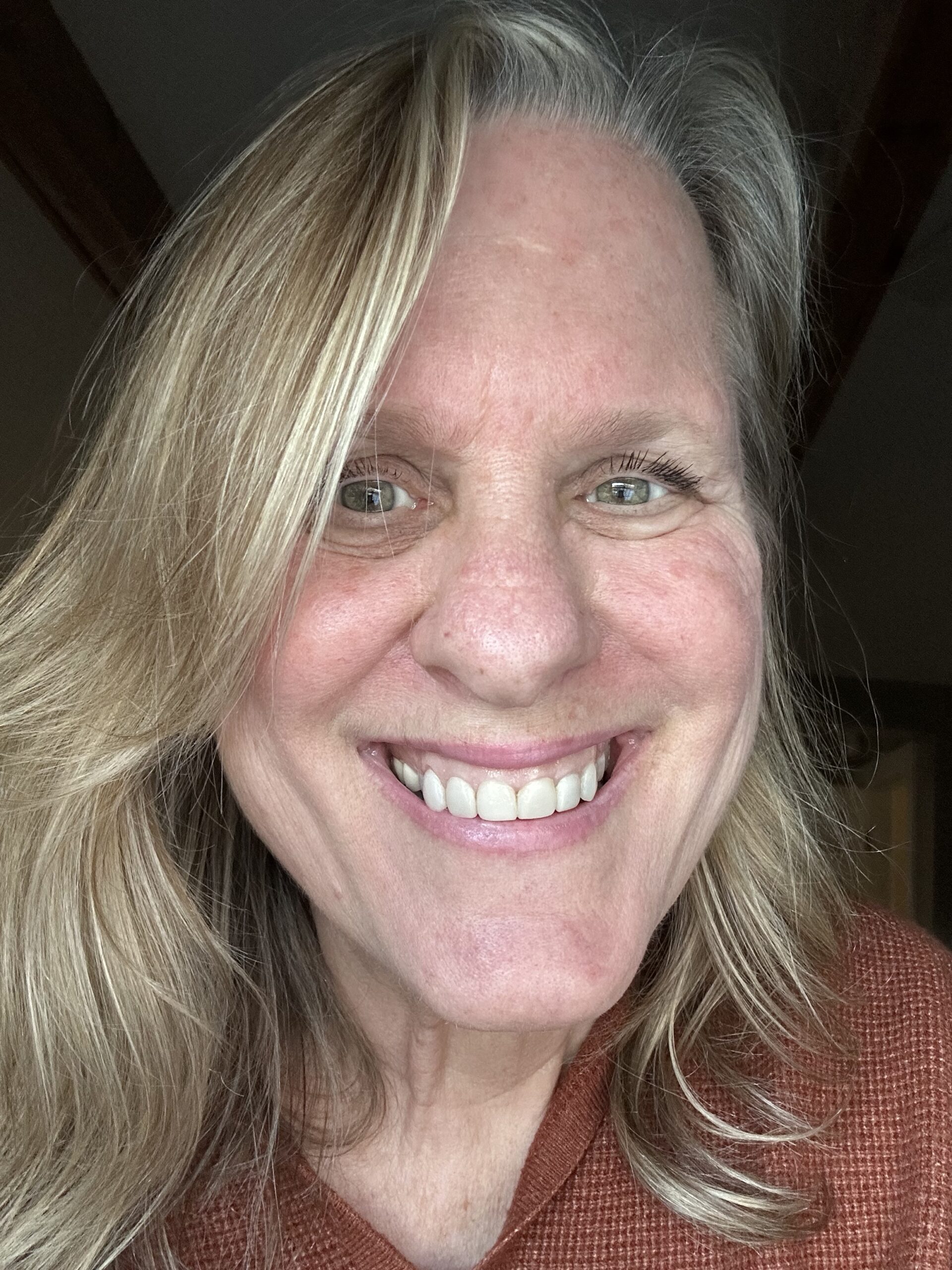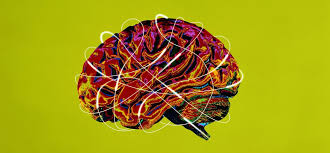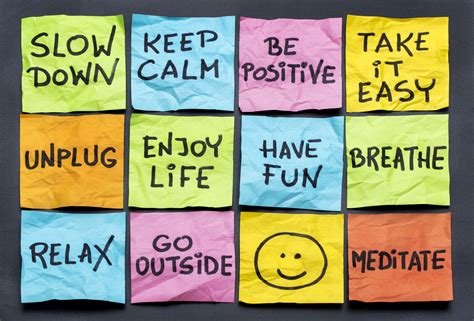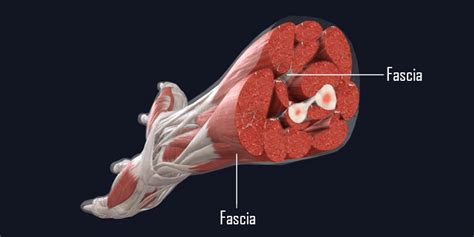What kind of Health Care Model Would you like to see in the United States?
Reimagining Healthcare: A Vision for a System That Truly Cares
What would the perfect health care system look like for you? Imagine a world where health care is truly about healing, prevention, and well-being—not just treating symptoms. Let’s manifest this together!
Today, I’m reflecting on healthcare reform, especially with new discussions happening at the national level. What would an ideal health care system offer? What do people truly need to live healthier, happier lives?
Here are some key ideas to consider:
1. Doctors Who Listen & Treat the Whole Person
Health care should be patient-centered, not profit-driven. Imagine doctors who have time to sit with you, listen to your story, and treat the root cause of illness—not just prescribe medications. Functional medicine doctors already do this, but what if they were affordable and covered by insurance? The more proactive we are with our health, the better outcomes (and lower costs) we’ll have in the long run.
2. Holistic Wellness & Preventative Care
Chronic stress is at the root of many illnesses. Every person should have access to nutritionists, naturopaths, homeopaths, and osteopaths—because prevention is more effective than waiting until things spiral out of control.
3. Pay Health care Workers for Keeping Us Healthy
Right now, the system profits from illness, not wellness. What if doctors and healthcare workers were rewarded for keeping people healthy instead of for expensive treatments? Imagine a system where the better we feel, the higher they are paid—flipping the current profit-driven model on its head.
4. Manual Therapies for Stress Relief & Well-Being
Chiropractic care, craniosacral therapy, massage, physical therapy, and structural integration should all be included in health care plans. These therapies help with alignment, relaxation, and overall wellness. Even just one session a week could reduce stress and prevent future health issues.
5. Alternative & Energy Healing Options
Energy healing, health retreats, and mind-body practices like yoga, Pilates, and Gyrotonics should be part of a well-rounded healthcare system. Programs that support joy and emotional well-being are just as vital as traditional medicine.
6. Clean, Transparent Food Supply
It’s time to eliminate harmful chemicals in our food. Transparency in labeling should be a standard, and access to nutritious, whole foods should be easier and more affordable for everyone.
7. Prioritizing Rest & Vacation
True health includes balance, downtime, and joy. Anyone working full-time should have access to paid time off to recharge and spend time with loved ones—because burnout isn’t healthy.
8. Mental Health Support for All
Imagine a world where therapy and mental health care are covered for everyone. People struggling with depression, anxiety, isolation, or trauma should have access to therapists, social workers, and healers—without worrying about the cost.
9. Accessible & Compassionate Senior Care
Hospitals, clinics, and telehealth services should be well-staffed, especially in rural areas. Elderly individuals should be able to stay in their homes affordably, without being forced out due to real estate taxes or lack of care. Younger generations could even volunteer to support seniors, fostering a sense of community.
10. Treating Every Person as a Valued Human Being
Above all, a great health care system treats people as whole, worthy individuals. When people are truly seen, heard, and cared for, humanity transforms.
What would your ideal healthcare system look like? Let’s start the conversation and manifest a healthier future together. You can also find out more about Craniosacral Treatments at www.upledger.com.
Tell me what matters to you?
Sharon Hartnett CST-D
614 653-8111
To find out more about craniosacral therapy check out my Main Page.
